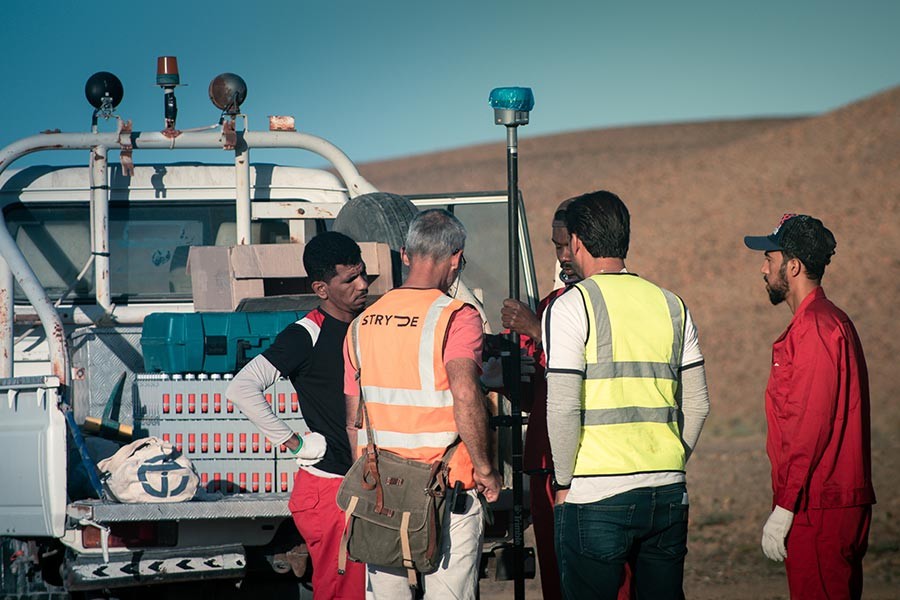
The global contracts, which equate to a six-figure sum, will see the company’s technology deployed across the USA, Middle East, and Europe.
Two of the ten contracts include nodal equipment supply and seismic data processing for STRYDE’s largest geothermal project to date in the Middle East, as well as a European survey that was conducted alongside a geological research centre in Belgium. Five of the seismic surveys have already commenced, and all ten surveys are expected to be completed by the summer of 2023.
Until recently, seismic data was seen as an exclusive product of the oil and gas industry, due to the significant CAPEX and OPEX costs associated with acquiring the data. However, with the introduction of miniature, low-cost seismic imaging technology, STRYDE enables high-density seismic data acquisition to be affordable for emerging industries such as geothermal and CCUS to accelerate growth in these renewables sectors, as the energy industry drives towards a net-zero future.

STRYDE seismic nodes (source: STRYDE)
The project wins follow the completion of several geothermal projects in 2022, including the first 3D seismic survey specifically acquired for geothermal energy in the UK, conducted by the University of Newcastle at Royal Air Force (RAF) Leeming.
The surveys are enabled by STRYDE’s seismic nodal sensor, which is the smallest, lightest and most affordable seismic receiver technology on the market today.
The company’s technology has proven critical in reducing the size of field crews required to conduct a seismic survey, as well as minimizing HSE risks whilst simultaneously accelerating the acquisition of seismic data, resulting in an increase in efficiency through reduced survey times with less people, costs, and environmental footprint. These efficiencies are even more crucial within geothermal projects, which are more likely to be conducted in urban environments, with smaller budgets and strict permitting requirements.
Nick Tranter, STRYDE’s Business Development Manager for New Energy, said: “Within the renewable energy space, STRYDE presents a cost-effective and reliable solution to help geothermal operators de-risk investment decisions, with high-resolution seismic data.
“We are continuing to allow operators to acquire high-quality seismic data through our nodal technology across the energy market, and as new geothermal permits continue to be announced across the globe, we are pleased to see the increase in demand for our seismic imaging solutions.”
Mike Popham, CEO at STRYDE commented: “I am proud to have STRYDE play a part in supporting the energy industry transition towards net-zero. Our technology has proven to be a key tool in propelling over 20 geothermal projects to date, by providing an economically viable solution for understanding and monitoring the subsurface. We look forward to continuing to support the geothermal industry grow by enabling high-resolution seismic data required to unlock geothermal projects.”
Within the geothermal market, STRYDE’s seismic technology and services provide solutions in two fields of use: exploration and monitoring. These include both 2D and 3D seismic surveys, helping to further the understanding of the subsurface whilst simultaneously de-risking well placement, which is one of the most expensive investment aspects of geothermal exploration and development.
STRYDE’s technology also aids the understanding of how to mitigate micro-seismicity activity, ensuring that geothermal projects adhere to parameters set by regulators and reducing the risk profile, whilst helping to mitigate liabilities for operators.